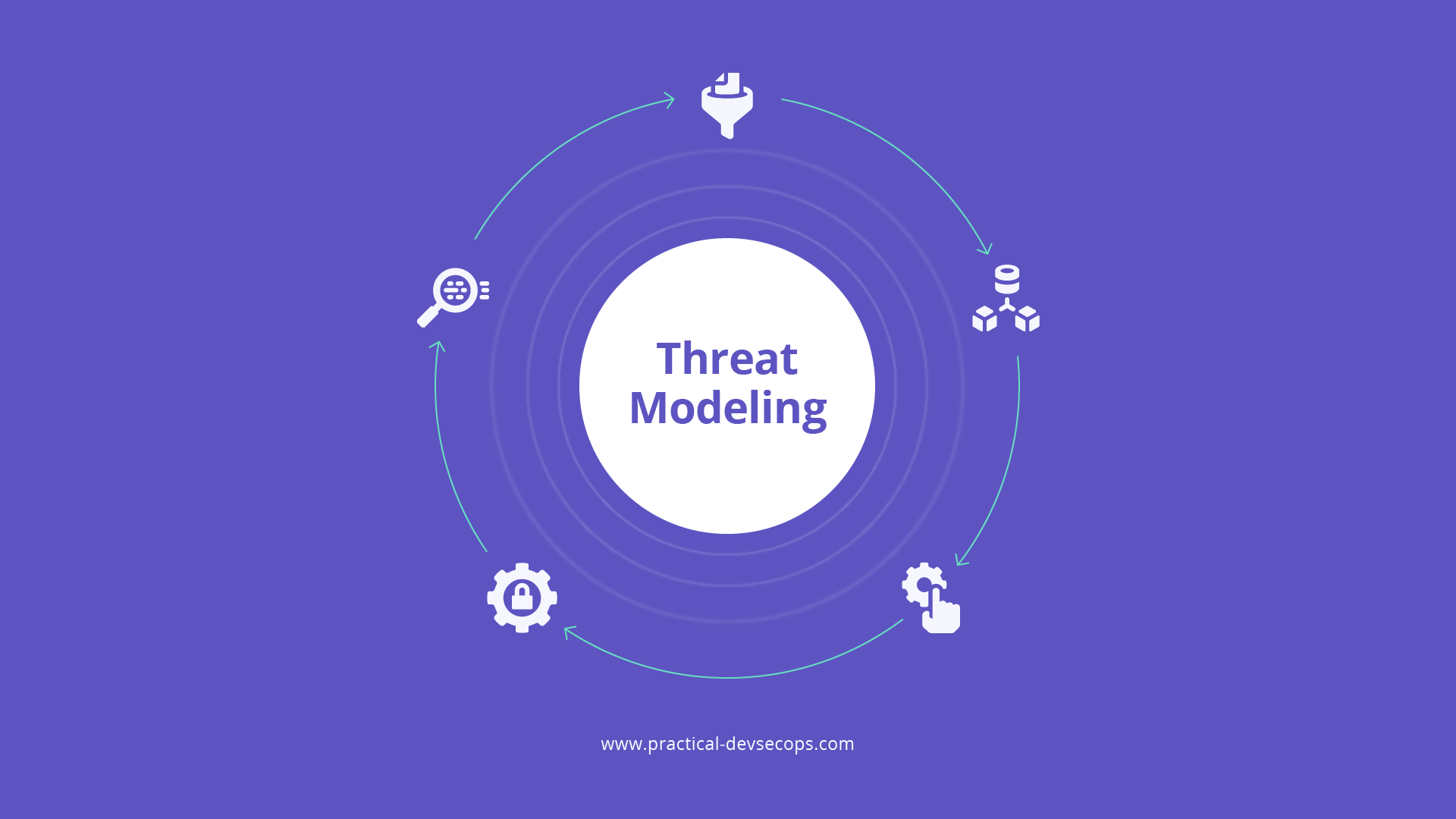Threat modeling is a systematic approach to analyzing the security risks in an application or a system. The goal of threat modeling is to decrease the chance that a new vulnerability will be introduced. It can also help identify which parts of an application need more protection. Threat modeling also helps to identify potential threats so that you can take steps to mitigate them. In this blog article, learn more about threat modeling, how it differs from vulnerability assessments, what threats are analyzed, and how it affects your IT environment.
What is Threat Modeling Process?
The Threat Modeling process is the method of identifying, assessing, and prioritizing the security risks to an information system. It is a critical part of any security program and can help organizations identify, assess, and prioritize the security risks to their information systems.
Threat Modeling can be used to identify potential security threats to an organization’s information systems and business processes. It can also help organizations prioritize the security risks to their information systems. Threat Modeling can help organizations:
- Identify potential security threats to their information systems and business processes.
- Assess the impact of these threats.
- Prioritize the security risks to their information systems.
How to do Threat Modeling?
Let’s explore the step-by-step process of performing threat modeling:
1. Define the Scope
Begin by clearly defining the scope of your threat modeling exercise. Identify the system, application, or process that will be the focus of your analysis. This will help provide a clear direction and ensure that all relevant aspects are considered during the modeling process.
2. Identify and Assess Assets
Identify and assess the critical assets within the defined scope. These assets can include sensitive data, infrastructure components, intellectual property, customer information, or any other item of value that needs protection. Understanding the importance and potential impact of these assets is essential for prioritizing security efforts.
3. Decompose the System
Break down the system or application into its various components, modules, or functions. This decomposition will help in understanding the system’s architecture, data flows, and dependencies. Consider using diagrams or visual representations to map out these components and their relationships.
4. Identify Threats and Vulnerabilities
Systematically identify and catalog potential threats and vulnerabilities that could be exploited. This can be done through brainstorming, analyzing historical attack data, reviewing security best practices, or engaging with subject matter experts. Document the identified threats and vulnerabilities for further analysis in the following steps.
5. Assess Potential Impacts
Analyze the potential impact that each identified threat or vulnerability can have on the system or application. Consider the consequences in terms of confidentiality, integrity, availability, reputation, compliance, or financial impact. This analysis will help prioritize the most critical security risks that require immediate attention.
6. Prioritize Mitigation Efforts
Based on the assessed impact and potential risks, prioritize the identified threats and vulnerabilities. Develop a plan to mitigate these risks, assigning appropriate resources and countermeasures. Consider implementing technical controls, process improvements, security awareness programs, or any other measures deemed necessary to address the identified risks effectively.
7. Continuously Monitor and Review
Threat modeling is not a one-time exercise. Establish a process for continuous monitoring and review to adapt to evolving threats and changing environments. Regularly re-evaluate the threat landscape, reassess the identified risks, and update the mitigation strategies accordingly. This iterative approach ensures that your security measures remain robust and aligned with the evolving threat landscape.
Misconceptions of Threat Modeling Process
Many people are confused about what threat modeling can do for them. Some people believe it is just an early design-stage activity, and some think it needs to be simplified properly. However, the following can dispel some of these myths:
- Penetration testing, secure code review, and threat modeling all play a role in finding bugs. Penetration testing can uncover design flaws in code, as can code reviews. However, security assessments are better at finding design flaws than either of these methods.
- After development, you should analyze your app. Conducting a threat model helps ensure you’ve considered all security risks and are designed to address them. Open source is a way to collaborate with other smart people who can help find bugs; therefore, open-source apps have become more popular in recent years.
- Threat modeling isn’t that difficult of a task. Many developers are scared to perform this. When they first look at it, they see it as daunting. However, performing a threat model on a simple web application becomes systematic by breaking up the tasks into different steps. The key is to start with basic best practices first.
Also Read, Threat Modeling Best Practices
Threat Modeling Techniques
There are various ways to approach threat modeling, but each technique shares some common steps. First, you must identify your assets and what needs to be protected. Then you need to identify possible threats to those assets and rank them in terms of likelihood and impact. Once you have a good understanding of the risks, you can start developing mitigation strategies.
Also Read, Types of Threat Modeling Methodologies
One popular technique for threat modeling is called STRIDE, which stands for Spoofing, Tampering, Repudiation, Information Disclosure, Denial of Service, and Elevation of Privilege. This method helps you identify which security controls need to be in place to protect against each type of threat.
Another common technique is called CVSS, or the Common Vulnerability Scoring System. This is a quantitative way to score vulnerabilities based on their severity. This can be helpful when prioritizing which risks to address first.
Whichever methodology you choose, threat modeling can help you build a stronger security posture for your organization.
Also Read, DREAD Threat Modeling
Best Implementation of Threat Modeling Process
Now that you have a basic understanding of threat modeling, it’s time to start thinking about how you can use this tool in your work. Here are a few ideas to get you started:
- Use threat modeling to assess the security of your systems. Identify potential threats and develop mitigation strategies.
- Use threat modeling when designing new systems. Incorporate security from the start by identifying potential threats and designing mitigations.
- Use threat modeling to improve the security of existing systems. Review your current security posture and identify areas that could be improved.
- Share your knowledge of threat modeling with others. Help spread awareness of the importance of security by sharing your insights with others.
- Educate yourself on how to build a solid foundation that is required to understand Threat modeling. Gain a practical understanding of threat modeling and the tools to automate it.
Conclusion
We have explored what is threat modeling threat modeling process, and delved into the step-by-step guide of how to do threat modeling process , from defining the scope and assessing critical assets to decomposing the system and identifying threats and vulnerabilities. The analysis of potential impacts and prioritization of mitigation efforts further solidify the strength of threat modeling.
Interested to Upskill in Threat Modeling?







0 Comments